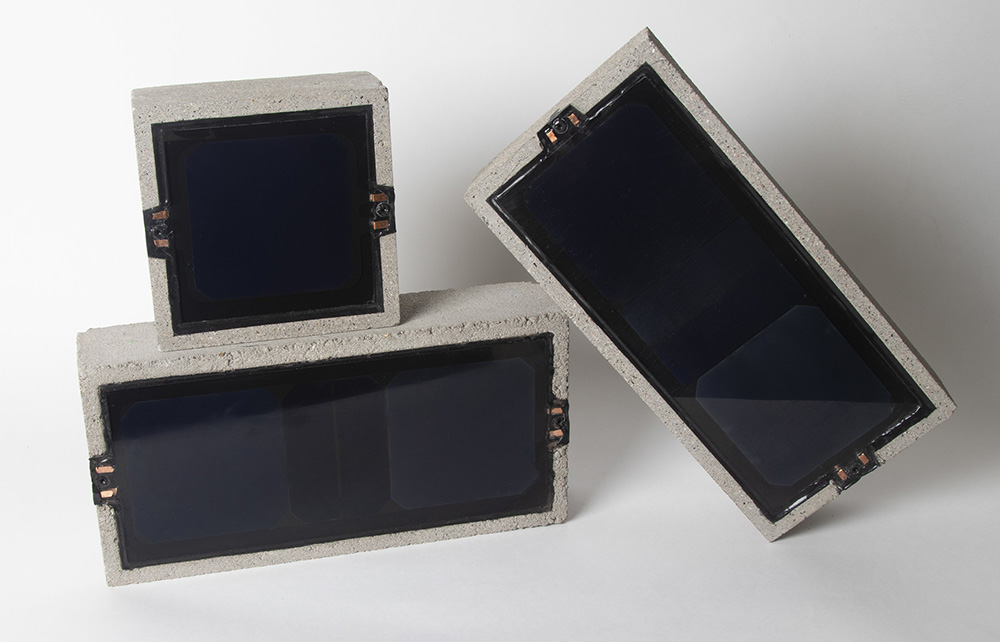News: Green Buildings
Posted: January 30, 2014
My place or yours? Relocating contaminated soils
If you are managing soils at a 21E site, take a look at a new MassDEP policy on how to appropriately handle slightly contaminated soils when you are relocating them to another site. Often referred to asthe "anti-degradation" requirements, 310 CMR 40.0032(3) is more accurately about similar soils. Hence, the Similar Soils Provision Guidance governs whether soils at a 21E site may be moved without prior notice to or approval from MassDEP, and expounds upon the four prerequisites in the regulation. The criteria themselves are not new, but the clarification is nonetheless helpful.
Reporting Category Soil-1 applies to locations with the highest potential for exposure, such as residences, playgrounds and schools, and to locations within the boundaries of a groundwater resource area. Reporting Category RCS-2 applies to all other locations.
Managed soil must not be hazardous waste
The regulation addresses slightly contaminated soils that pose little risk, so it is not surprising that "contaminated media" or "remediation waste" are not included.
Managed soil must be less than Reportable Concentrations
Soils below the applicable Reportable Concentrations and those soils covered by a notification exemption can be managed under this policy. Notably, the policy includes soils slightly contaminated, but exempt from notification, like lead-paint contaminated soils at the originating location.
Managed soil must not create a notifiable condition at the receiving location
On the receiving end, the managed soils cannot create a reportable condition at the new location. If the relocated soil is below the reporting threshold for RCS-2 (a commercial property outside a groundwater resource area), but higher than the reporting threshold for RCS-1 (a commercial property inside a groundwater resource area), relocation options are limited to RCS-2 locations. Also, if your soil has lead-paint contamination from the location where the paint was applied, it is exempt from reporting at the first location, but not at a new location, unless it is below the reporting category of the receiving location.
Managed soil must not be significantly more contaminated than the soil at the receiving location
Finally, the main take away from this so-called "anti-degradation" provision is that in relocating slightly contaminated soils you must not create new risks at the receiving location. The policy notes that the regulation "implies" that the Licensed Site Professional (LSP) should have knowledge about the soils at the receiving location in order to determine that they are similar to the soils being managed. It also acknowledges that there are several methods for the LSP to ascertain that no new risks will occur at the receiving location. The LSP can assume the soils at the receiving location are natural/listed background, sample the soil at the receiving location, which can be costly, or provide technical justification for an alternative method.
LSPs can determine whether soils at the receiving location are "significantly lower" using a simplified approach
Using any of the methods above, a simplified comparison can then be made using the maximum values of contamination in the managed soil and the soil at the receiving location using non-composite samples. This comparison ensures that notification triggers are evaluated and takes into account the variability of soil which is naturally heterogeneous. Finally, the natural background levels published by MassDEP are upper-percentiles so it makes sense to compare maximum values of the data from the soils to be managed.
Overall, the policy is clearly presented, includes charts and examples that help illustrate its application, and is a helpful guide if you need to manage soils.
Peg Stolfa is a partner in the environmental law practice group at Bernkopf Goodman LLP, Boston and is the publisher of MassLaw Environmental.
Tags:
Green Buildings
MORE FROM Green Buildings
Bridgeport implements energy efficiency plan with utility partners and regional business council
Bridgeport, CT The flurry of economic development and urban revitalization across the city has cultivated a renewed interest in updating municipal, residential and commercial properties to be more efficient and sustainable. Since 2018, city officials have partnered

Quick Hits




.png)